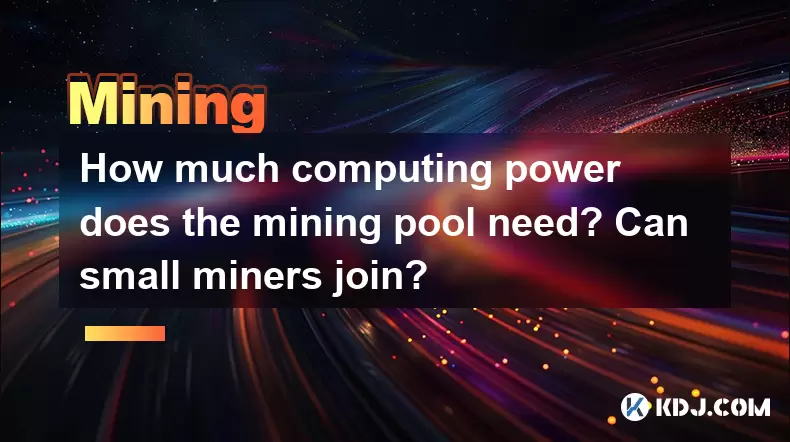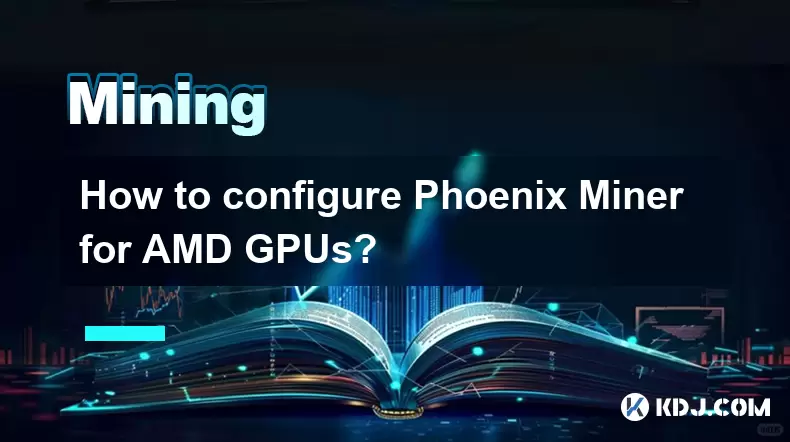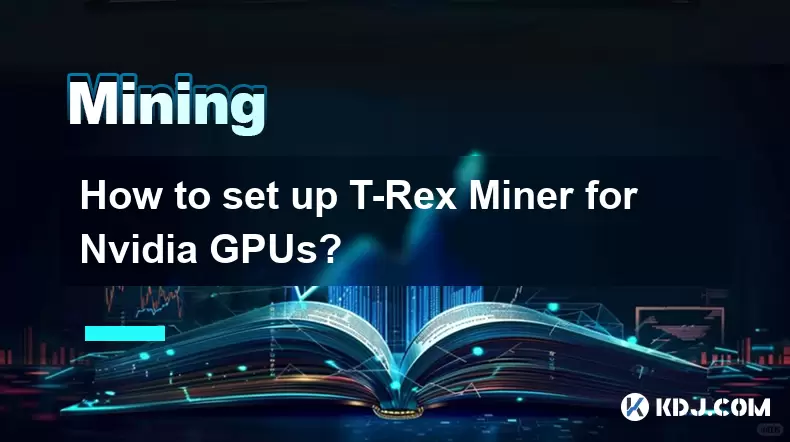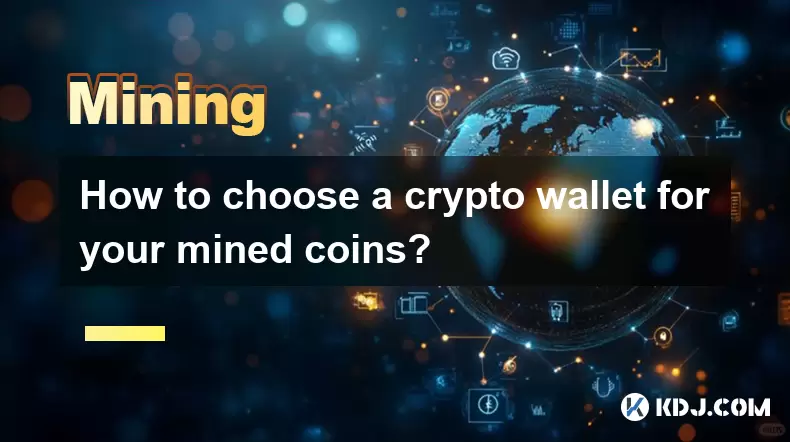-
 Bitcoin
Bitcoin $117700
-1.00% -
 Ethereum
Ethereum $4458
-3.91% -
 XRP
XRP $3.119
0.14% -
 Tether USDt
Tether USDt $1.001
-0.02% -
 BNB
BNB $836.6
-1.56% -
 Solana
Solana $189.5
-3.90% -
 USDC
USDC $0.9998
-0.02% -
 Dogecoin
Dogecoin $0.2335
1.29% -
 Cardano
Cardano $0.9642
1.51% -
 TRON
TRON $0.3539
-1.19% -
 Hyperliquid
Hyperliquid $47.41
-1.84% -
 Chainlink
Chainlink $21.92
-3.28% -
 Stellar
Stellar $0.4286
-0.23% -
 Sui
Sui $3.724
-3.29% -
 Bitcoin Cash
Bitcoin Cash $594.8
-0.78% -
 Ethena USDe
Ethena USDe $1.001
0.04% -
 Hedera
Hedera $0.2501
-2.06% -
 Avalanche
Avalanche $23.96
-4.87% -
 Litecoin
Litecoin $119.0
-2.32% -
 Toncoin
Toncoin $3.473
0.82% -
 UNUS SED LEO
UNUS SED LEO $9.596
0.17% -
 Shiba Inu
Shiba Inu $0.00001301
-0.39% -
 Uniswap
Uniswap $11.03
-0.25% -
 Polkadot
Polkadot $3.935
-2.62% -
 Dai
Dai $1.000
0.01% -
 Bitget Token
Bitget Token $4.564
-1.76% -
 Cronos
Cronos $0.1512
-4.11% -
 Ethena
Ethena $0.7306
-1.09% -
 Pepe
Pepe $0.00001087
-2.68% -
 Aave
Aave $300.2
-4.00%
How much computing power does the mining pool need? Can small miners join?
Mining pools need significant computing power, measured in hash rates like EH/s for Bitcoin, and small miners can join these pools to mine more effectively and earn regular payouts.
May 15, 2025 at 07:29 pm

The world of cryptocurrency mining is both fascinating and complex, with mining pools playing a crucial role in the ecosystem. One of the most common questions that arise is: How much computing power does a mining pool need? Additionally, many small miners wonder if they can join these pools. Let's delve into these topics in detail.
Understanding Mining Pools
Mining pools are groups of cryptocurrency miners who combine their computational resources to increase their chances of solving the cryptographic puzzles required to validate transactions and add them to the blockchain. By working together, miners can share the rewards proportionally to the amount of work they contributed. This collaborative approach makes mining more accessible and potentially more profitable for individual miners.
Computing Power Requirements for Mining Pools
The amount of computing power, or hash rate, required for a mining pool depends on several factors, including the cryptocurrency being mined, the difficulty of the network, and the pool's size and goals.
For Bitcoin, one of the most popular cryptocurrencies, the total network hash rate is measured in exahashes per second (EH/s). A mining pool needs a significant portion of this hash rate to be competitive and ensure regular payouts to its members. For instance, a pool with a hash rate of 100 PH/s (petahashes per second) would be considered substantial but not dominant in the Bitcoin network.
For smaller cryptocurrencies, the required hash rate can be significantly lower. For example, a pool mining a less popular coin might only need a hash rate in the range of terahashes per second (TH/s) to be effective.
Can Small Miners Join Mining Pools?
Yes, small miners can indeed join mining pools. In fact, mining pools are designed to make mining accessible to individuals who might not have the resources to mine profitably on their own. Here's how small miners can get involved:
- Choose a Pool: Research and select a mining pool that supports the cryptocurrency you want to mine. Popular pools for Bitcoin include Slush Pool, Antpool, and F2Pool.
- Set Up Mining Software: Download and install mining software compatible with your hardware. Examples include CGMiner, EasyMiner, and BFGMiner.
- Configure the Software: Enter the pool's URL, your username, and any required passwords or worker names into the software.
- Start Mining: Once configured, start the mining software and begin contributing to the pool's hash rate.
Benefits of Joining a Mining Pool for Small Miners
Joining a mining pool offers several advantages for small miners:
- Regular Payouts: Instead of waiting for the unlikely event of solving a block solo, miners receive smaller, more frequent payouts based on their contribution to the pool.
- Reduced Variance: The pooled hash rate reduces the variance in mining rewards, making income more predictable.
- Access to Advanced Features: Many pools offer features like merged mining, which allows miners to mine multiple cryptocurrencies simultaneously, increasing potential earnings.
Factors to Consider When Choosing a Mining Pool
When selecting a mining pool, small miners should consider several factors:
- Pool Fees: Most pools charge a fee, typically ranging from 1% to 3%. It's important to find a balance between low fees and reliable service.
- Payout Structure: Pools may use different payout methods, such as PPS (Pay Per Share), PPLNS (Pay Per Last N Shares), or FPPS (Full Pay Per Share). Each has its advantages and disadvantages.
- Pool Size and Hash Rate: A larger pool might offer more frequent payouts but could also mean smaller individual rewards. Conversely, a smaller pool might offer larger individual rewards but with less frequency.
- Reputation and Reliability: Research the pool's history and user reviews to ensure it is trustworthy and has a stable operation.
How to Calculate the Required Hash Rate for a Mining Pool
Calculating the required hash rate for a mining pool involves understanding the network difficulty and the pool's goals. Here's a basic approach:
- Determine Network Difficulty: Use a blockchain explorer or mining calculator to find the current network difficulty.
- Set Pool Goals: Decide on the desired frequency of block discoveries and the pool's target hash rate.
- Calculate Required Hash Rate: Use the formula: Required Hash Rate = (Desired Block Discoveries per Day Network Difficulty) / (2^32 600 seconds per block 24 hours per day).*
For example, if the network difficulty is 20 trillion and the pool aims to discover one block per day, the required hash rate would be approximately 150 TH/s.
Joining a Mining Pool: A Step-by-Step Guide
Here's a detailed guide on how small miners can join a mining pool:
- Research and Select a Pool: Use online resources and forums to find a reputable pool that supports your chosen cryptocurrency.
- Register an Account: Visit the pool's website and create an account. You'll need to provide an email address and set up a password.
- Set Up a Wallet: Ensure you have a cryptocurrency wallet to receive your mining rewards. Many pools support direct payouts to popular wallets like Coinbase or Binance.
- Download Mining Software: Choose and download mining software compatible with your hardware. Popular options include CGMiner, EasyMiner, and BFGMiner.
- Configure the Software: Open the mining software and enter the pool's URL, your username, and any required passwords or worker names. For example, if using Slush Pool for Bitcoin, the configuration might look like this:
- URL: stratum+tcp://stratum.slushpool.com:3333
- Username: YourSlushPoolUsername.WorkerName
- Password: YourPassword
- Start Mining: Launch the mining software and begin contributing to the pool's hash rate. Monitor your performance and adjust settings as needed.
Frequently Asked Questions
Q: Can I switch between different mining pools easily?
A: Yes, you can switch between mining pools relatively easily. Most mining software allows you to change the pool URL and credentials without reinstalling the software. However, be aware that some pools may have withdrawal limits or other restrictions that could affect your ability to switch immediately.
Q: How do I know if a mining pool is trustworthy?
A: To determine if a mining pool is trustworthy, look for user reviews, check the pool's history of uptime and payouts, and ensure they have transparent fee structures and clear communication channels. Joining forums and communities related to the cryptocurrency you're mining can also provide valuable insights.
Q: What happens if the mining pool I'm part of shuts down?
A: If the mining pool you're part of shuts down, you can switch to another pool. Ensure you have control over your mining rewards and can withdraw them before the pool closes. It's a good practice to periodically transfer your earnings to a personal wallet to avoid potential losses.
Q: Are there any risks associated with joining a mining pool?
A: Yes, there are risks associated with joining a mining pool. These include the risk of the pool shutting down, changes in pool fees, and potential security breaches. Always use strong passwords, enable two-factor authentication if available, and regularly monitor your account for any suspicious activity.
Disclaimer:info@kdj.com
The information provided is not trading advice. kdj.com does not assume any responsibility for any investments made based on the information provided in this article. Cryptocurrencies are highly volatile and it is highly recommended that you invest with caution after thorough research!
If you believe that the content used on this website infringes your copyright, please contact us immediately (info@kdj.com) and we will delete it promptly.
- Kazakhstan's Crypto Leap: Bitcoin ETF and Central Asia's Digital Finance Future
- 2025-08-13 12:45:19
- BlockDAG Presale Blazes Past $371M: Fundraising Frenzy Fuels Crypto Sensation
- 2025-08-13 13:05:21
- Meme Coins: Chasing the 2025 Surge – Which Will Moonshot?
- 2025-08-13 10:25:23
- Bitcoin's Wild Ride: Rally, Pullback, and What's Next
- 2025-08-13 10:25:23
- Bitcoin, Bitmax, and Institutional Demand: A New Era of Crypto Investment
- 2025-08-13 10:45:12
- Solana, ROAM, and Airdrops: What's the Buzz in 2025?
- 2025-08-13 11:35:13
Related knowledge

How to configure Phoenix Miner for AMD GPUs?
Aug 11,2025 at 03:21am
Understanding Phoenix Miner and Its Compatibility with AMD GPUsPhoenix Miner is a lightweight, high-performance Ethereum mining software designed for ...

How to set up T-Rex Miner for Nvidia GPUs?
Aug 10,2025 at 12:07am
Understanding T-Rex Miner and Its Compatibility with Nvidia GPUsT-Rex Miner is a high-performance mining software designed specifically for Nvidia GPU...

What is "proof-of-work" and how does it relate to mining?
Aug 07,2025 at 02:03pm
Understanding the Concept of Proof-of-WorkProof-of-work (PoW) is a consensus mechanism used in blockchain networks to validate transactions and secure...

How to choose a crypto wallet for your mined coins?
Aug 13,2025 at 11:36am
Understanding the Types of Crypto Wallets for Mined CoinsWhen selecting a crypto wallet for your mined coins, the first step is to understand the diff...

What are the differences between mining on Windows vs. Linux?
Aug 06,2025 at 11:29pm
Overview of Cryptocurrency Mining PlatformsCryptocurrency mining involves using computational power to solve complex cryptographic puzzles and validat...

How to use an old computer for cryptocurrency mining?
Aug 07,2025 at 12:42pm
Understanding the Feasibility of Using an Old Computer for MiningUsing an old computer for cryptocurrency mining may seem outdated, but it is still te...

How to configure Phoenix Miner for AMD GPUs?
Aug 11,2025 at 03:21am
Understanding Phoenix Miner and Its Compatibility with AMD GPUsPhoenix Miner is a lightweight, high-performance Ethereum mining software designed for ...

How to set up T-Rex Miner for Nvidia GPUs?
Aug 10,2025 at 12:07am
Understanding T-Rex Miner and Its Compatibility with Nvidia GPUsT-Rex Miner is a high-performance mining software designed specifically for Nvidia GPU...

What is "proof-of-work" and how does it relate to mining?
Aug 07,2025 at 02:03pm
Understanding the Concept of Proof-of-WorkProof-of-work (PoW) is a consensus mechanism used in blockchain networks to validate transactions and secure...

How to choose a crypto wallet for your mined coins?
Aug 13,2025 at 11:36am
Understanding the Types of Crypto Wallets for Mined CoinsWhen selecting a crypto wallet for your mined coins, the first step is to understand the diff...

What are the differences between mining on Windows vs. Linux?
Aug 06,2025 at 11:29pm
Overview of Cryptocurrency Mining PlatformsCryptocurrency mining involves using computational power to solve complex cryptographic puzzles and validat...

How to use an old computer for cryptocurrency mining?
Aug 07,2025 at 12:42pm
Understanding the Feasibility of Using an Old Computer for MiningUsing an old computer for cryptocurrency mining may seem outdated, but it is still te...
See all articles

























































































